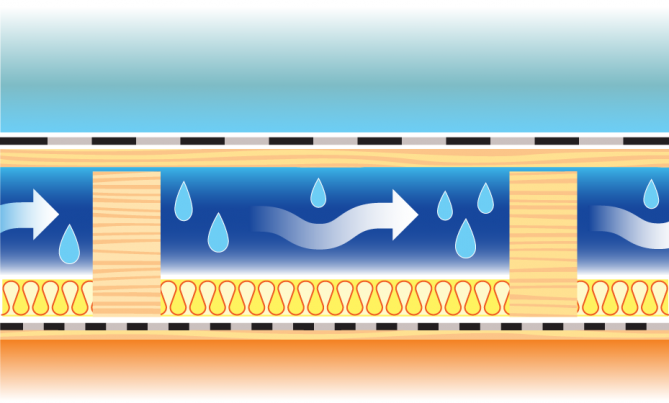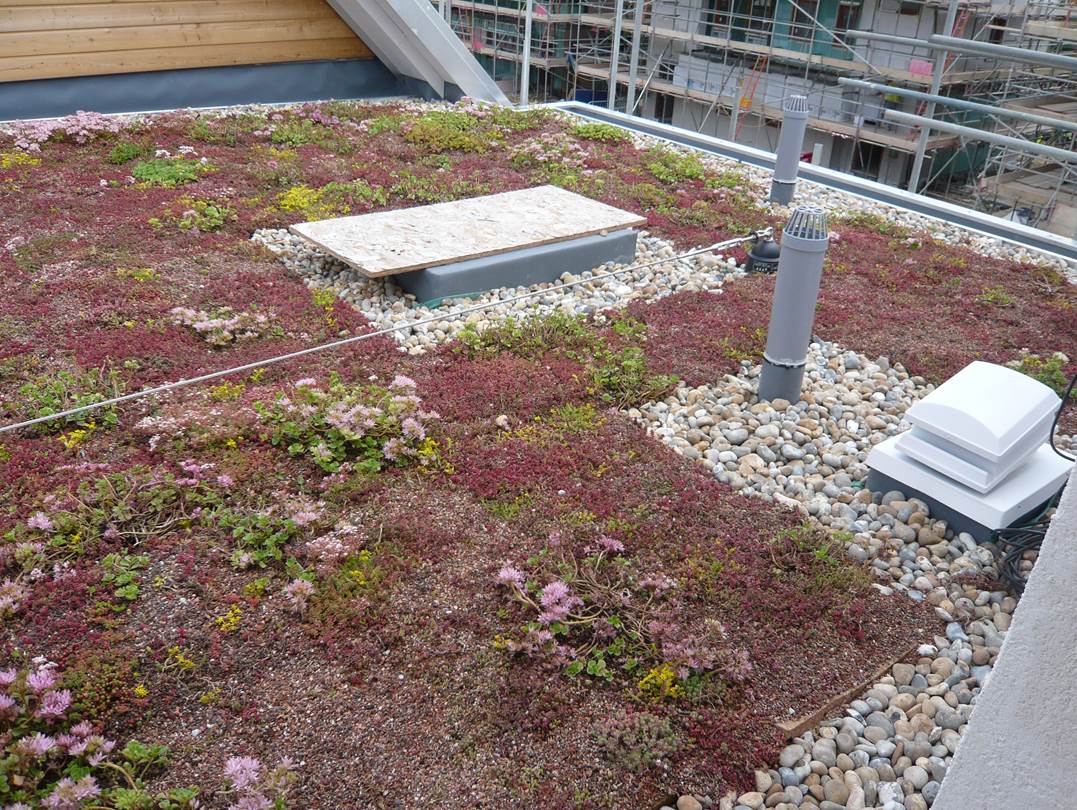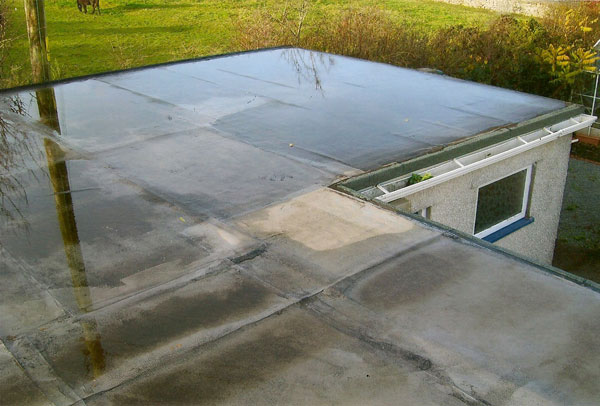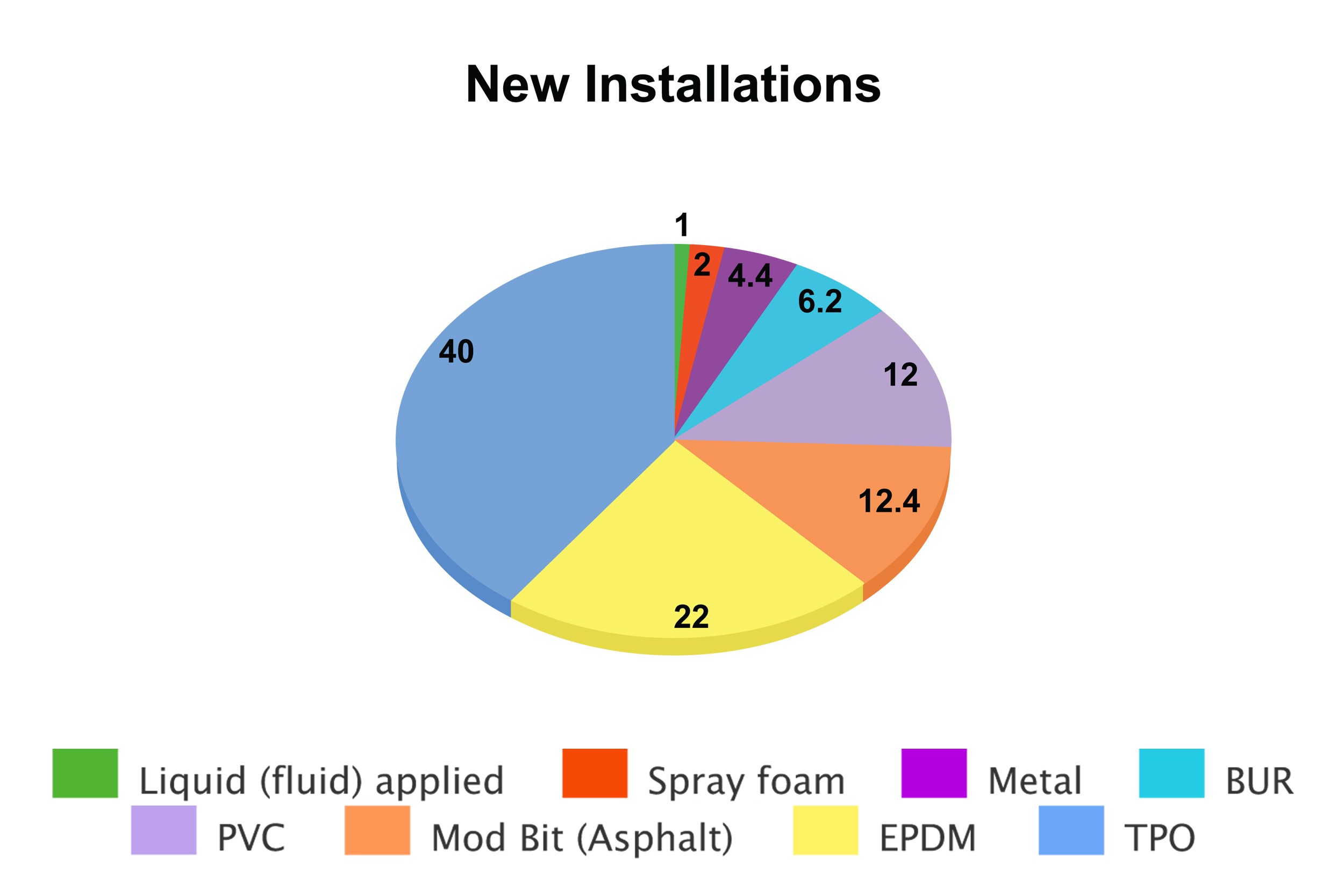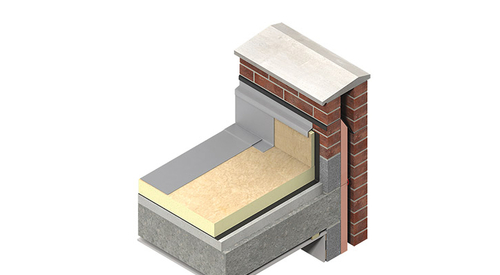Cold Flat Roof Ventilation Building Regulations

Because the structural elements of a cold roof are not protected by from the heat of the sun by a layer of insulation they are liable to suffer the damaging effects of thermal movement.
Cold flat roof ventilation building regulations. Cold roof voids are generally always required to be ventilated. For both a warm and cold flat roof a vapour control layer must be installed. Not all roofs need to be ventilated. However where vapour permeable or low resistance lr underlays are specified the levels required may be reduced.
No ventilation is required for these types of roofs. Ventilation is required above the insulation in a cold roof to prevent the build up of moisture vapour in the roof void. A qualified roofing contractor will be able to advise on this but here are some of the main guidelines. Condensation encourages rot and mould growth.
A ventilation gap usually 50mm should be. When ventilating a roof the air should be able to enter at one end and travel through to the other end where it can exit. There must be a slope of 1 80 part h of the building regulations regarding drainage state that water should drain to one or two edges waterproofing should extend up the adjacent walls at least. The air gap dimensions shown on the drawings are the minimum widths required for clear continuous ventilation air paths at the eaves.
Ventilation is not required to a warm roof system which is where the insulation is placed above the joists or rafters. Building regulations state that a ventilation gap of at least 50mm must be in place between the insulation and the underside of the flat roof deck. Warm deck this is where the insulation is placed on top of the rafters joists and the roof covering is then placed over the insulation. Roof voids must be ventilated in order to stop warm air condensing on cold surfaces.
Otherwise ventilation is required and this is known as a cold roof system. Cold deck this is where the insulation is placed between the joists rafters or in between the ceiling joists in the case of a pitch roof. Ventilation at the eaves.


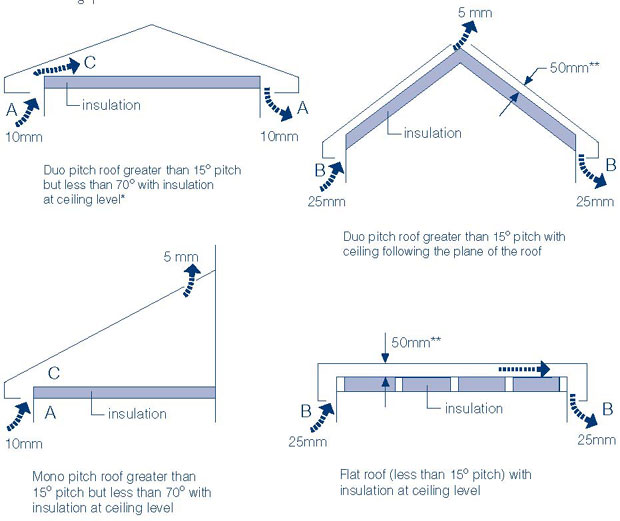
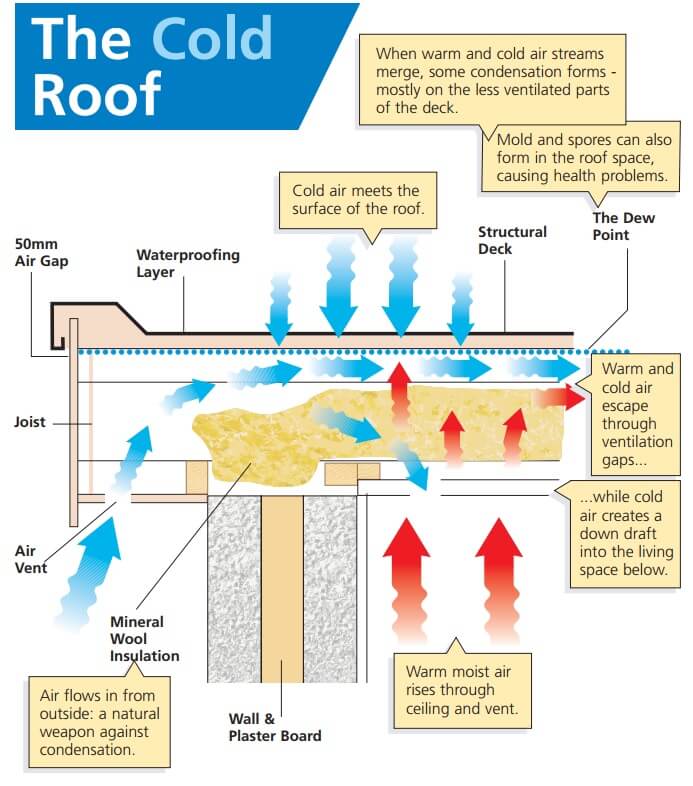

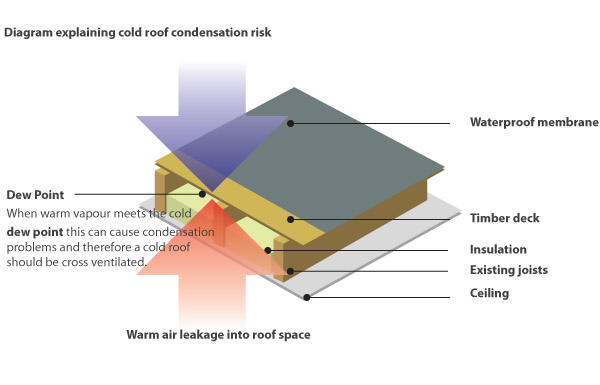
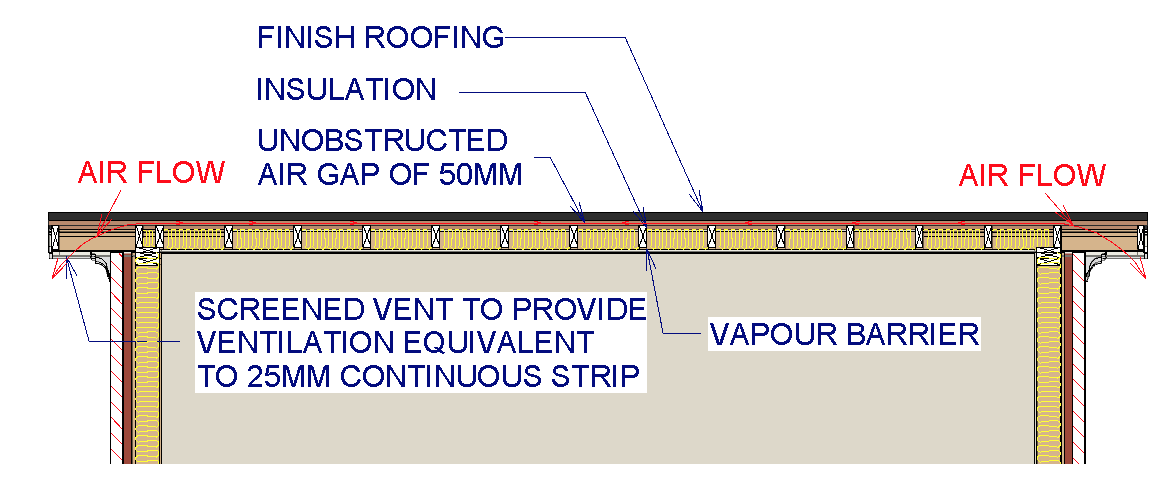







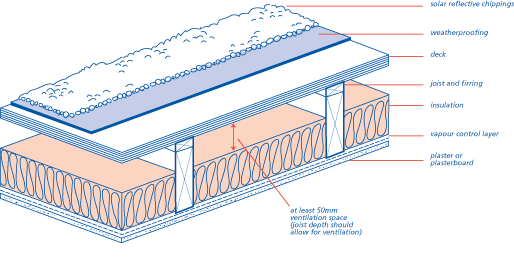
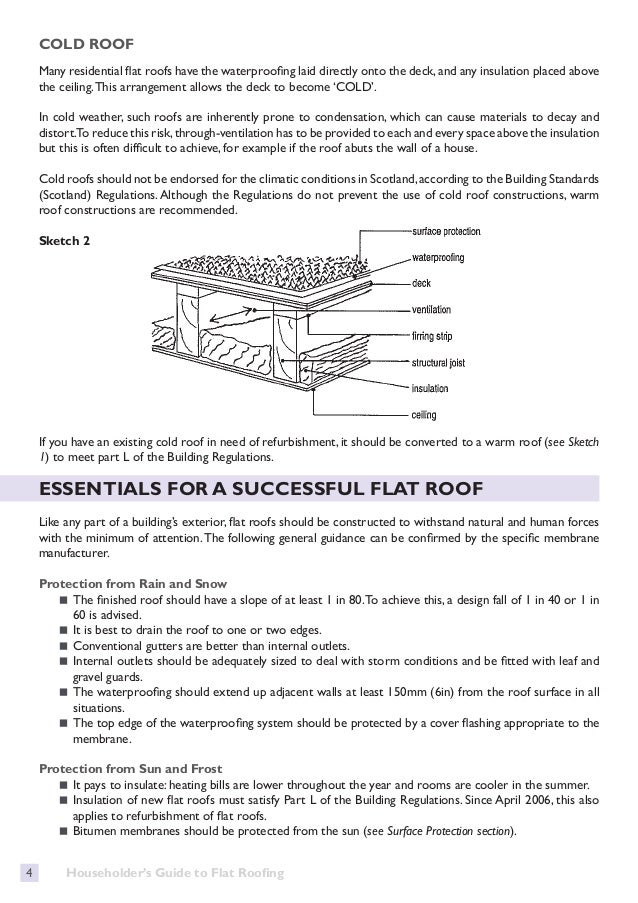




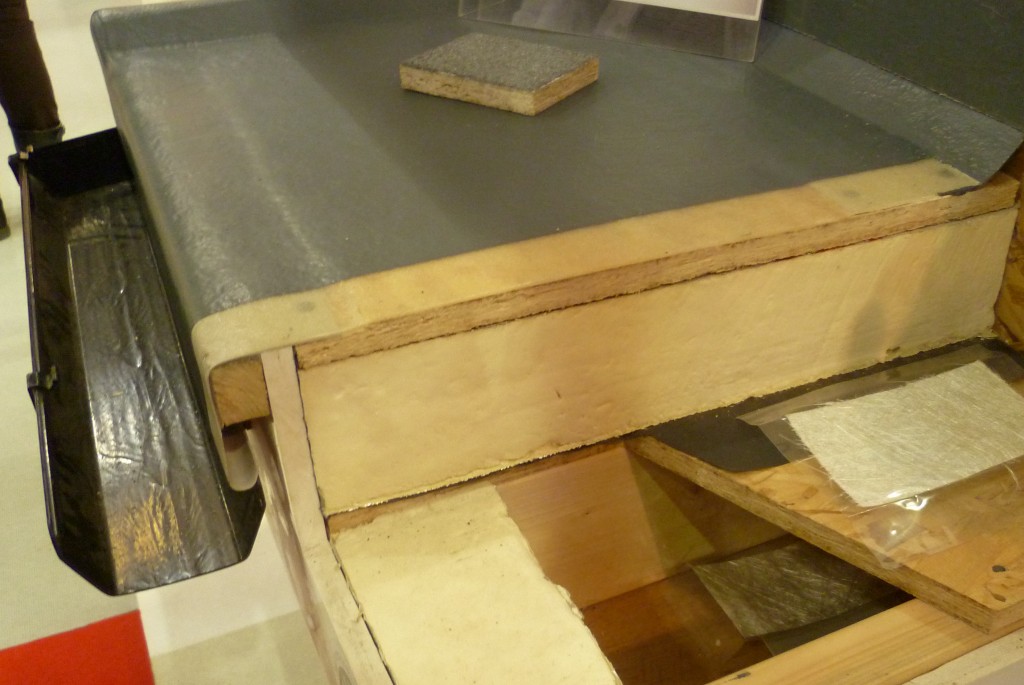
.png?width=400&ext=.jpg)



